Fariba Makooi, NCARB, AIA
Principal
Fischer + Makooi Architects PLLC WBE

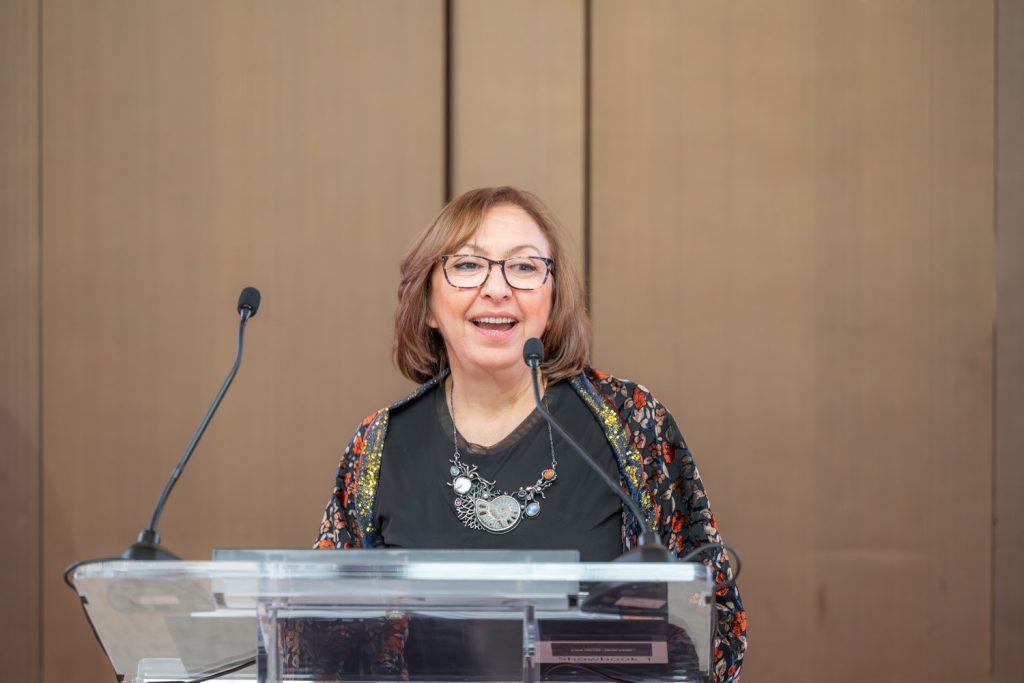
Fariba Makooi, AIA, Principal of Fischer+Makooi Architects and a renowned architect who is shaping NYC skyline, shared her experience working on several high-profile projects in New York City and discussed how technology has played a pivotal role in optimizing her designs. Her insights as one of the leaders in the AI design transformation, shed light on the intersection of architectural challenges and the modern efficiency driven by AI tools.
Can you tell us about the major projects you’re working on currently, particularly in New York City?
Absolutely. Two of my biggest projects right now are a 17-story residential building and a 25-story two-tower development on West 124th Street. Both projects are challenging yet rewarding in different ways, especially in terms of maximizing space within the limits of city zoning regulations.
For the 17-story building, we’ve explored multiple design iterations to find the best layout. We looked at options ranging from a shorter nine-story design to taller ones that can fit up to 171 residential units. With urban density in mind, our goal has been to create a layout that’s both efficient and livable.
The two-tower project is exciting due to the impact of New York City’s new ‘City of Yes’ initiative. Initially, the site was zoned for a 16-story building, but the new zoning incentives allowed us to go up to 25 stories, adding over 300 units, with one tower dedicated to affordable housing and the other to market-rate apartments. It’s a great example of how zoning changes can encourage affordable housing while pushing creative architectural solutions.

How do zoning regulations influence your projects, especially in high-density urban settings?
Zoning regulations are a huge factor in New York City projects. For example, in the 25-story two-tower development, the ‘City of Yes’ initiative allows us to increase the building’s height and Floor Area Ratio (FAR) if we include affordable housing units. This initiative is fantastic because it offers developers flexibility in exchange for affordable housing, which is much needed.
In both projects, zoning considerations guided us from the earliest design stages. We had to be strategic about things like core layout and unit mix, ensuring the design complied with regulations while maximizing livable space. These regulations add a layer of complexity but also encourage us to find more efficient ways to use the available space.
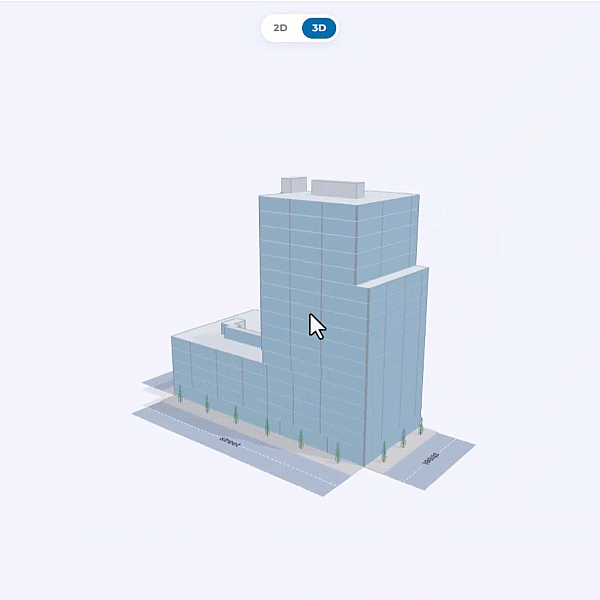
What is ‘City of Yes’ ?
The ‘City of Yes’ is a new zoning initiative that the city is promoting. It has been approved by city planning and is now with the city council for final approval. This initiative addresses New York City’s significant shortage of residential units by promoting more affordable housing. To incentivize developers, the plan offers extra square footage and other benefits, making these projects financially feasible.
The ‘City of Yes’ applies to the entire city—not just Manhattan, but all boroughs, including areas of the Bronx where it has already been approved and implemented. The rest of the city is expected to follow. They initially hoped for approval by November, but now it’s anticipated to pass by December. We’ll see how it progresses.
For our West 124th Street project, this zoning change has been a game-changer. We’ve been able to incorporate over 300 units across two towers—one dedicated entirely to affordable housing, and the other to market-rate apartments.
How do they calculate the extra square footage for the affordable housing for as the incentive?
Right, so it depends on the specific zone. For example, in an R8 zone, there might be an additional 2 FAR—just as a rough estimate. I don’t remember the exact figures, but each zone has its own incentives. So, R7 will differ from R8, and so on. These incentives generally apply to higher-density zoning areas, like R6 through R10. And now they’re even adding new zones like R12 and R15. In some areas, where there was previously a limit of 10 FAR, we’re now seeing rezoning to allow for higher FARs, like R12, to start. It’s really exciting!
A lot of these areas, including where my office is located, are currently zoned for manufacturing. They’re now being converted into mixed-use areas, allowing both manufacturing and residential spaces. That’s another big shift coming up, and we’re thrilled about it. We’re optimistic that many new projects will come our way with these changes—at least, we hope so!
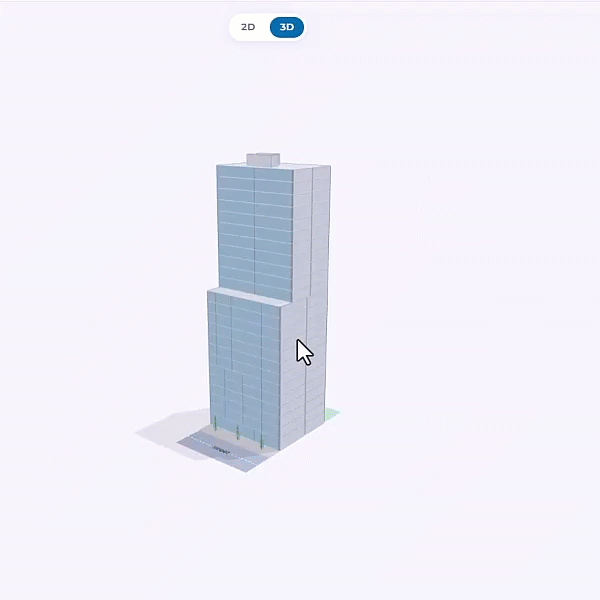
I’m keeping my fingers crossed. I’m very happy, and I’ll be using your program a lot. And I’m not just saying that for this event—I genuinely believe it’s such a valuable, time-saving tool. It really saves me so much time! As I mentioned before, positioning the core is absolutely crucial for making a building efficient. With this program, getting all the calculations once the mix is set is incredibly helpful because I can assess where I can make improvements, adjust the core, and refine the mix. Developers, of course, are looking for specific unit types based on the neighborhood—some areas need more one-bedrooms, others more studios, and family neighborhoods may need more two-bedrooms. The AI capabilities really help me accomplish this quickly.
For Denton Place, I was able to create four different schemes in just a couple of days. Normally, it would take much longer because I always start with sketching by hand on my sketch pads, then move into drafting and calculating all the necessary square footage. But this program gives me so many options to explore ideas quickly and handles all the calculations almost instantly. Those are the aspects I genuinely appreciate about this tool—it’s been fantastic.
How do zoning regulations influence your projects, especially in high-density urban settings?
Zoning regulations are a huge factor in New York City projects. For example, in the 25-story two-tower development, the ‘City of Yes’ initiative allows us to increase the building’s height and Floor Area Ratio (FAR) if we include affordable housing units. This initiative is fantastic because it offers developers flexibility in exchange for affordable housing, which is much needed.
In both projects, zoning considerations guided us from the earliest design stages. We had to be strategic about things like core layout and unit mix, ensuring the design complied with regulations while maximizing livable space. These regulations add a layer of complexity but also encourage us to find more efficient ways to use the available space.
Speaking of space efficiency, can you elaborate on the role of the core layout in high-rise buildings?
Certainly. The core layout, which includes elevators, staircases, and essential mechanical systems, is central to a building’s design. An optimized core placement can dramatically increase usable space, especially in dense cities like New York. In both the 17-story and 25-story projects, we tested several core configurations to determine which provided the most efficient use of space.
With urban residential projects, especially those with height and density constraints, it’s crucial to make every square foot count. Small space design, in essence, is about maximizing livable space without compromising quality. We rearrange units around the core, almost like solving a puzzle, to create the most space-efficient layout that meets zoning and building code requirements.
How has AI, specifically ArkDesign.AI, transformed your design process?
AI has been transformative, especially with ArkDesign.AI. It allows us to quickly test different layouts, core placements, and unit mixes, which would take days or even weeks manually. For instance, in the 17-story building project, we used ArkDesign.AI to try different core configurations and unit mixes in real time, making it much easier to choose the layout that best suits the client’s needs.
With AI, we can experiment with multiple design schemes in minutes, which lets us explore more creative and efficient solutions. It streamlines the process and frees up time for us to focus on the artistic aspects of architecture, knowing that the tool is handling the technical calculations in the background.
What are your thoughts on ArkDesign. AI’s Multi-Tower Building Design feature?
I’m excited about it. Multi-tower developments present unique challenges, especially when it comes to designing podiums, which are often used for amenities or commercial spaces. With ArkDesign. AI’s Multi-Tower Building Design feature, we can design these podiums and individual towers within the same project. This feature allows us to plan for a seamless interaction between towers, which is particularly useful in developments where different towers serve different functions.
I look forward to experimenting with this feature in future projects. It will be especially beneficial in mixed-use developments or projects with phased construction plans.
In your view, how does technology, specifically AI, influence the future of architecture?
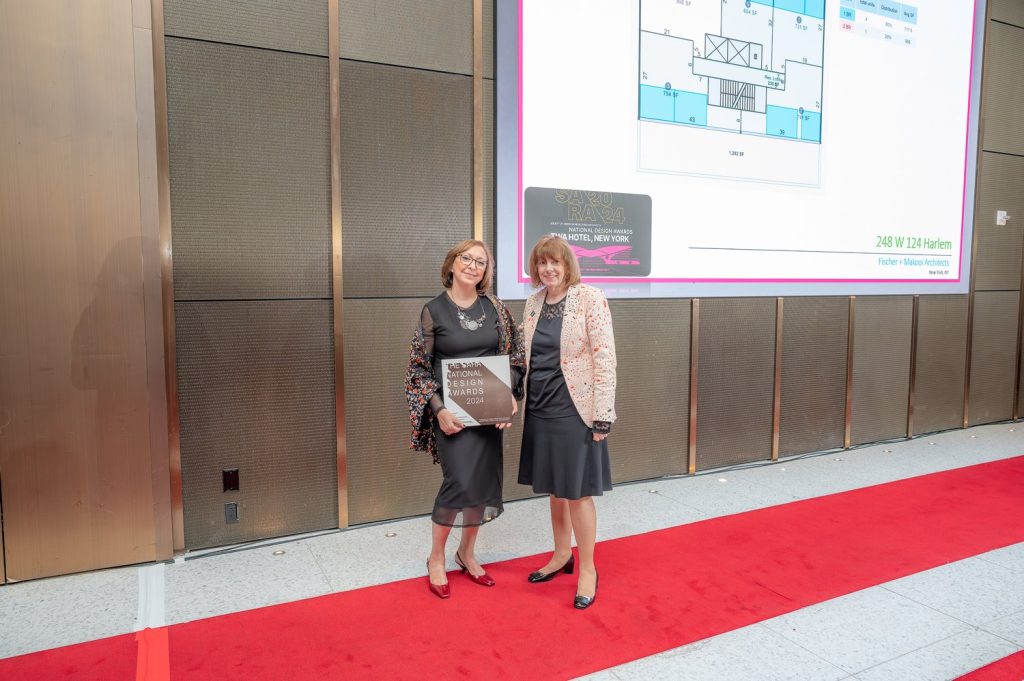
AI is making architecture more efficient, but I don’t see it as a replacement for human creativity. Architecture is still very much an art, but AI tools like ArkDesign.AI push the boundaries of what’s possible. They allow us to explore more options in less time, which enhances both the quality and speed of our work.
I think the future of architecture lies in blending technology with creativity. While AI handles calculations and optimizations, the vision and innovation behind each project still come from the architect. AI is an incredible assistant, but the heart of architecture—the human touch—will always be essential.
Finally, what would you say has been the most rewarding aspect of working on these large-scale projects?
Honestly, it’s the impact. The 25-story project, in particular, is meaningful because of the affordable housing aspect. With the City of Yes initiative, we’re contributing to addressing New York City’s housing shortage, and that’s incredibly rewarding. These projects aren’t just about designing buildings; they’re about creating spaces that people can call home.
Each project brings unique challenges and learning experiences, and knowing that we’re making a positive impact on the community keeps me motivated and inspired.

Could you please show us more of your projects?
I’d like to show you the Nostrand project, where designing the typical floor corner units was particularly challenging. I explored several options using AI to determine which worked best. At one point, we had a two-bedroom unit here, but it became too large and inefficient, so we divided it. By creating recessed courts on the corners, we managed to add an extra bedroom to all four corner units on every typical floor. The speed of testing different layout options with AI is incredibly valuable—it saves us so much time. I still need to think critically, but I truly appreciate the assistance AI provides.
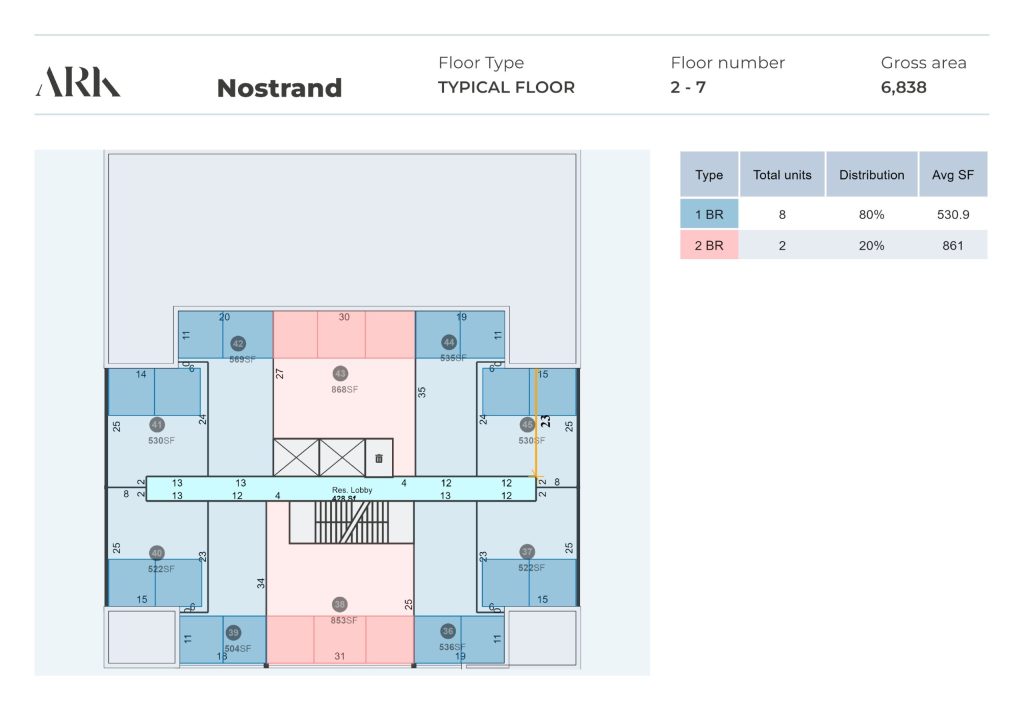
Fariba, you’re such a role model for architects of all ages. Could you share some advice on starting a project and approaching it strategically?
Sure. Often, people say that without complicated zoning, building would be easier. I used to think the same, but now I realize these regulations, though some outdated, came for reasons. The complexity of zoning and developer demands require us to create efficient, usable products, and we have to balance many layers. Initially, the complexity discouraged me; now, it encourages creativity. Your product, for example, helps me explore different options quickly—what used to take weeks now takes days.
In architecture, you must accept the best outcome within the time you have. I remember in school, wondering why we were given such strict deadlines. Now, I see projects don’t really end; you just reach the best possible point within the timeframe. This realization comes with experience, and for young architects, I say: learn as much as you can from those who came before. Innovation is valuable, but experience shows what will or won’t work. Staying curious and eager to learn is essential; it’s the key to a fulfilling career. Architecture may not pay a lot, but it’s the best profession.


